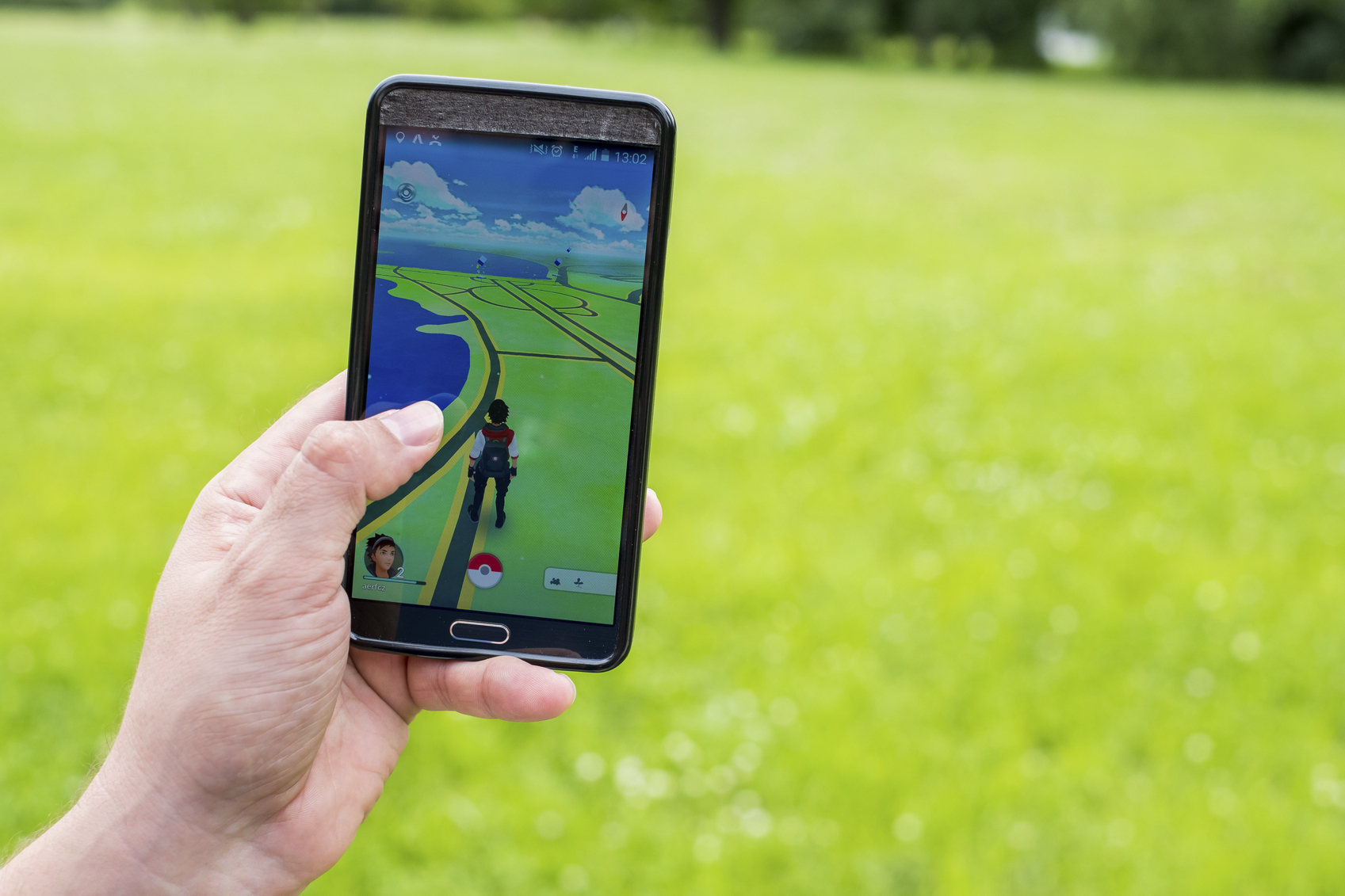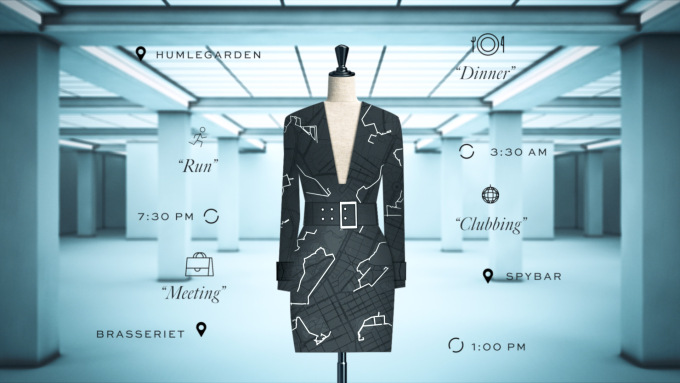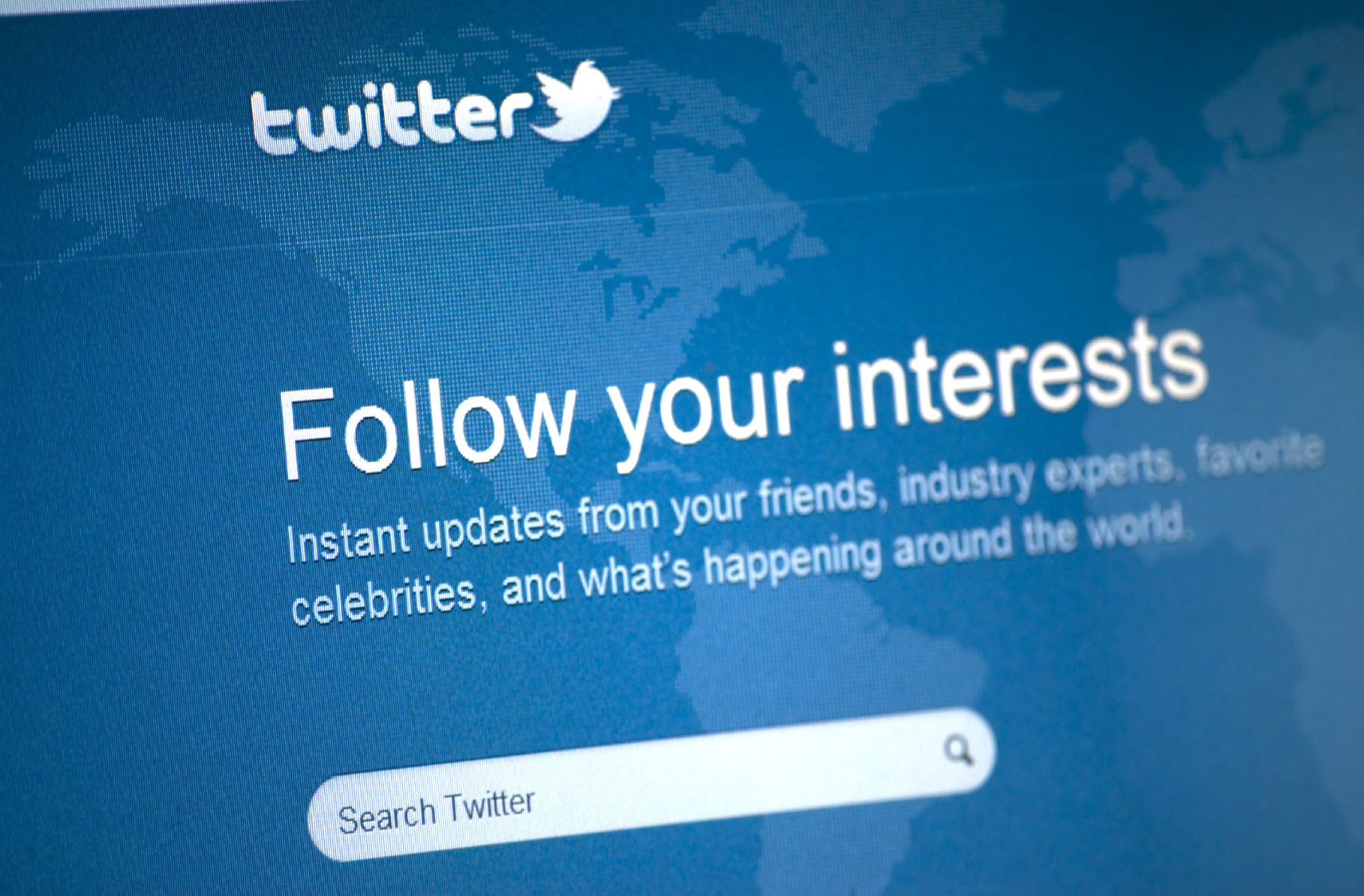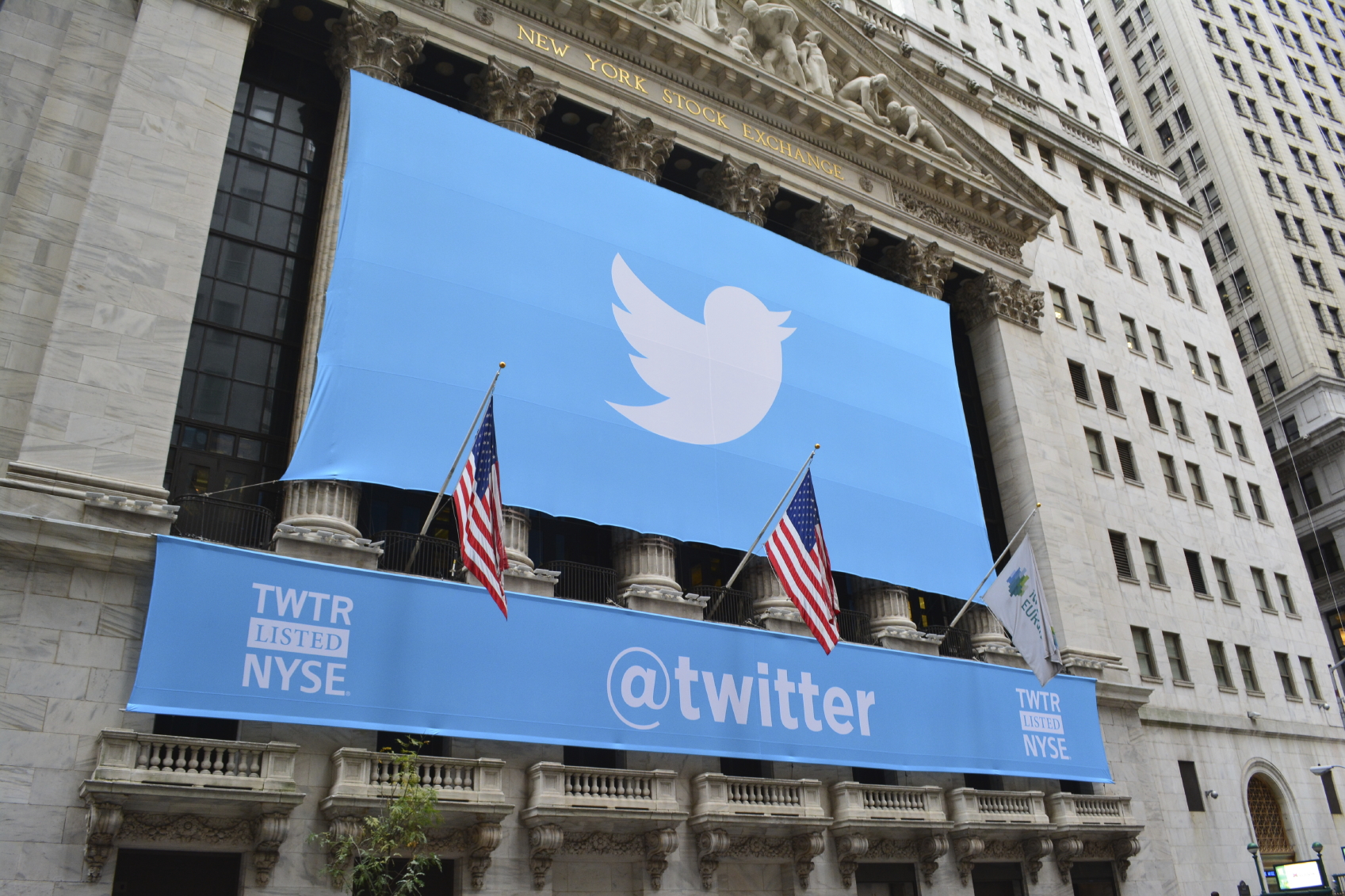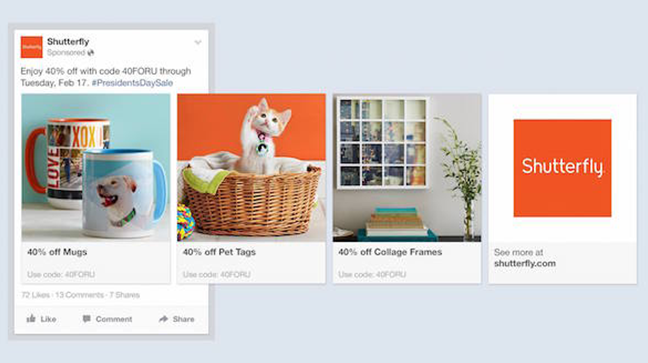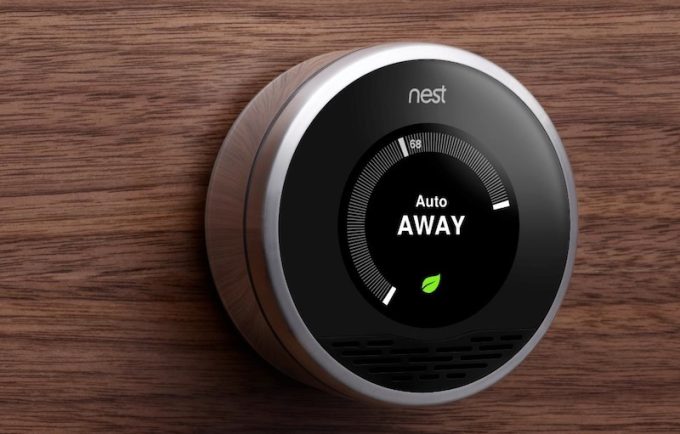What Happened
Niantic, the company behind Pokémon Go, is celebrating the one-year anniversary of its smash hit game with a digital out-of-home campaign that utilizes real-time data to highlight its global popularity. The outdoor ads will feature real-time data from the game app in Tokyo, London, and New York, such as numbers showing how many Pokémons are being caught nearby. Some billboards are also activated as “PokéStops,” where players go to collect in-game items, as a fun, meta way of adding a real-world layer to its campaign message.
What Brands Need To Do
While the collective fever for Pokémon Go has considerably died down since last summer, the game still holds its place as the biggest mobile game in U.S. history, and quite possibly, in the world as well. Not even the iOS release of Nintendo’s Super Mario Run managed to challenge that. Last week, the game surpassed 750 million downloads, an enviable feat that underscores the longevity of the game. This OOH ad campaign cleverly captured just how hugely popular Pokémon Go is and reminded people of the enthusiasm it commanded. Similarly, Spotify ran a well-received end-of-year OOH campaign last year that featured funny music streaming statistics. More brands should consider plugging real-time data into their digital OOH campaign to help make its case.
Pokémon Go is also widely credited as the game that introduced a lot of mobile users to augmented reality. Since its debut last summer, the mobile AR space has certainly accelerated its development, with Facebook and Apple both coming out with their own developer platforms for AR. For more information on how brands may tap into the rapid development in AR to create engaging customer experiences, please check out the Advanced Interfaces section of our Outlook 2017.
Source: Creativity Online
